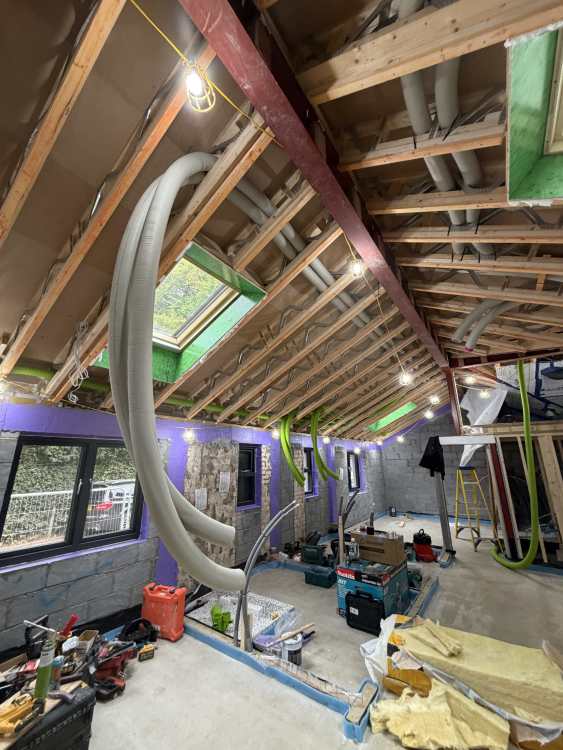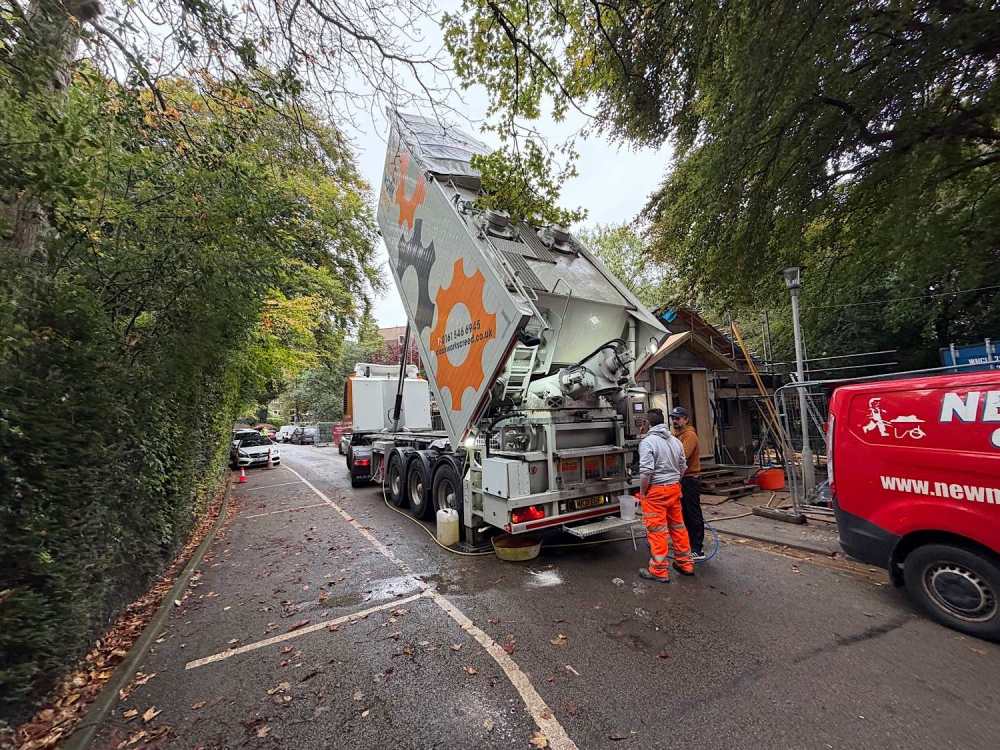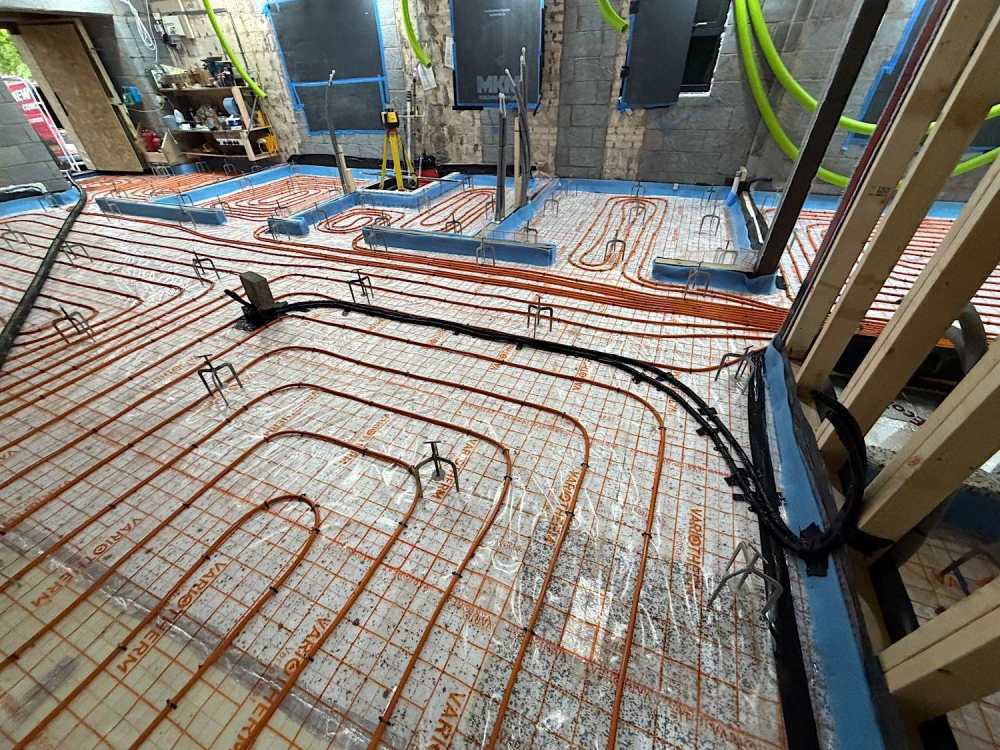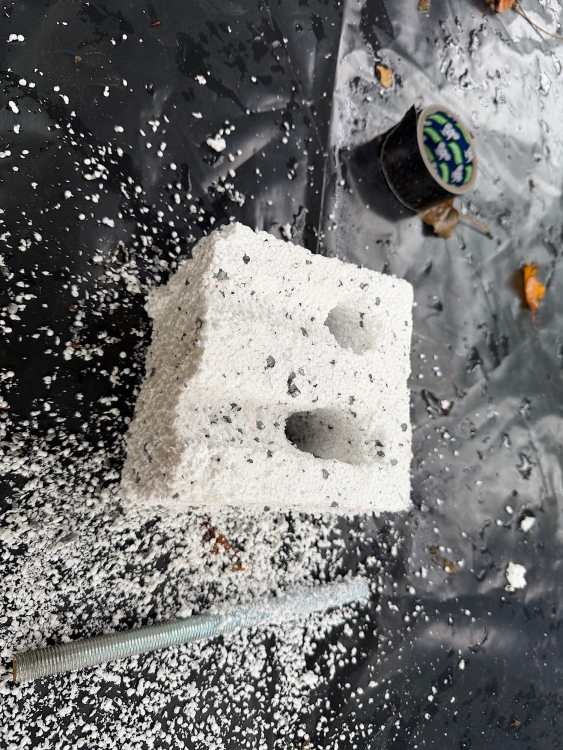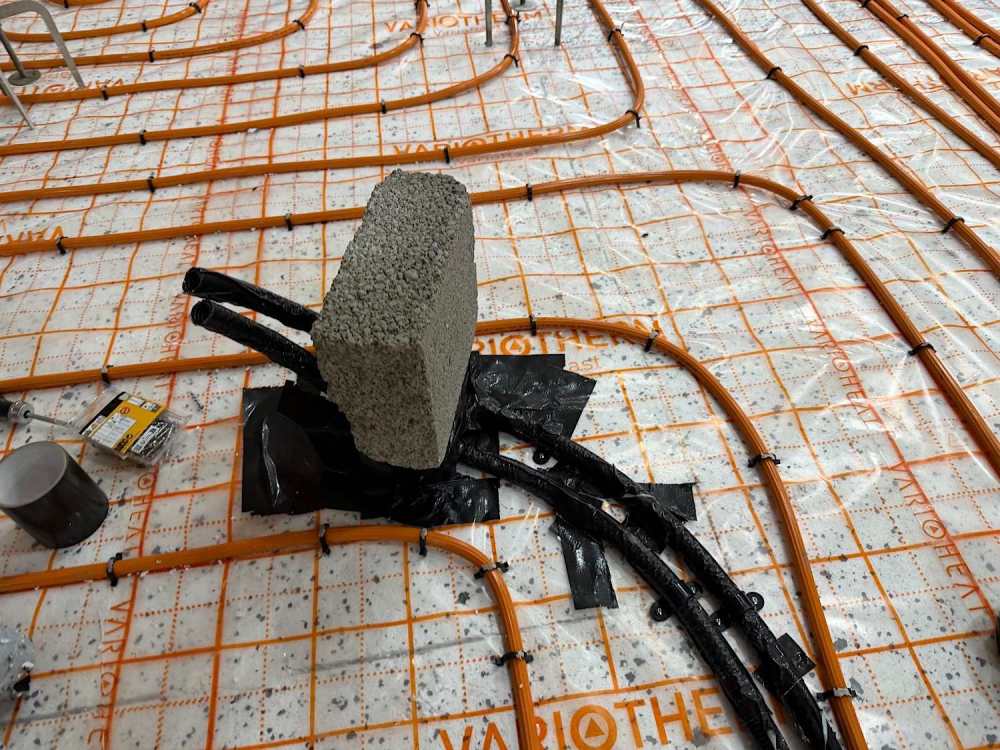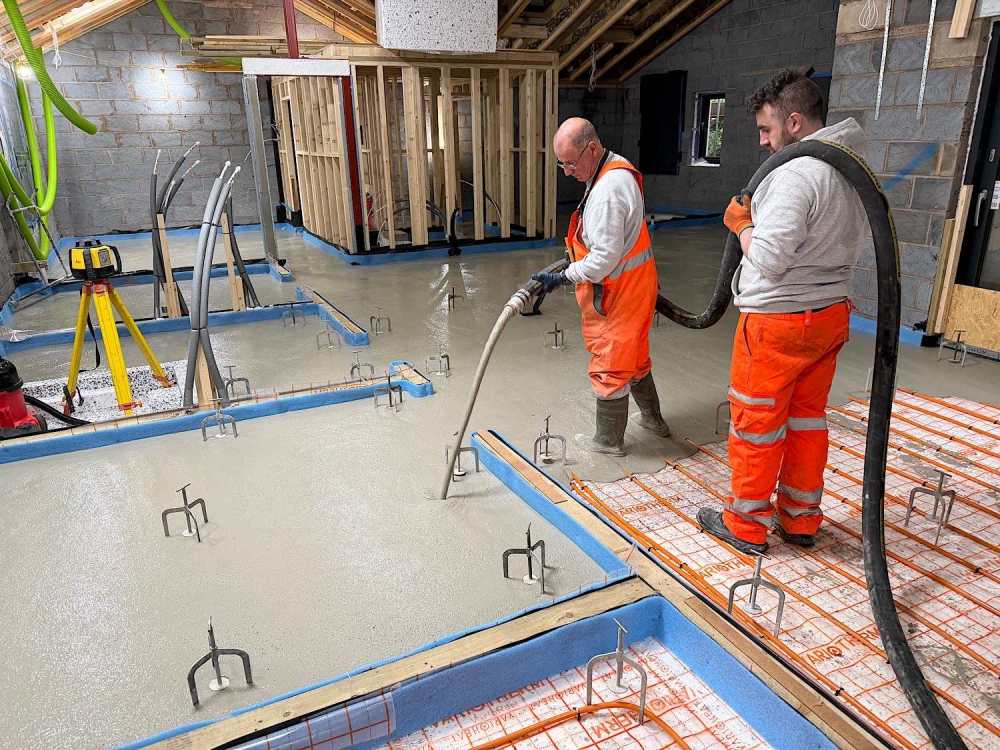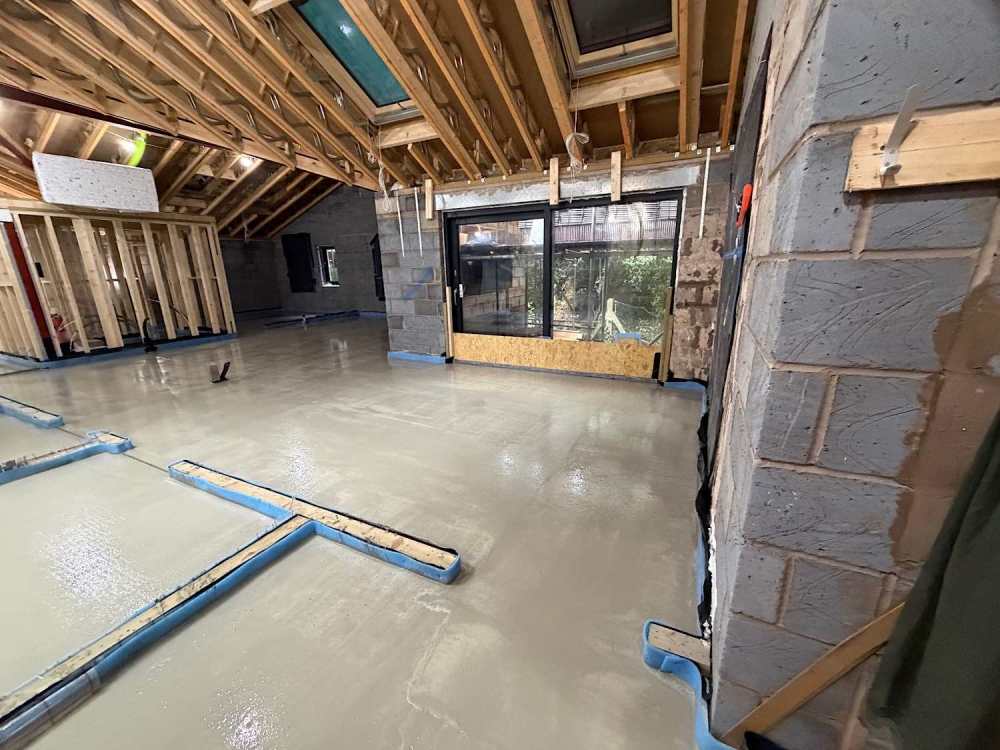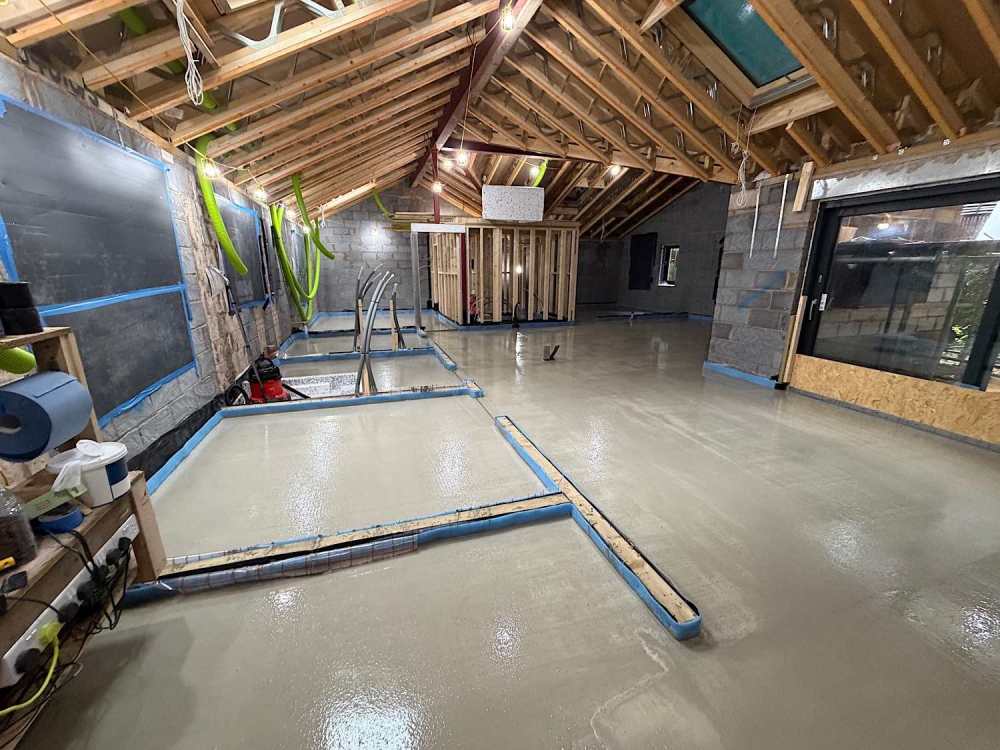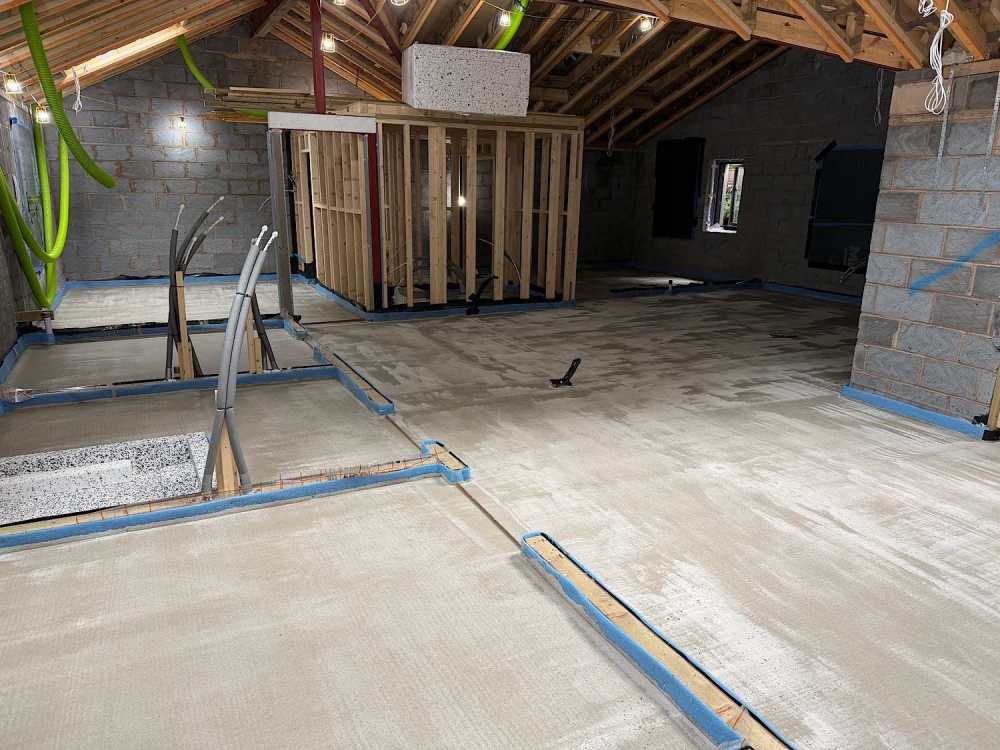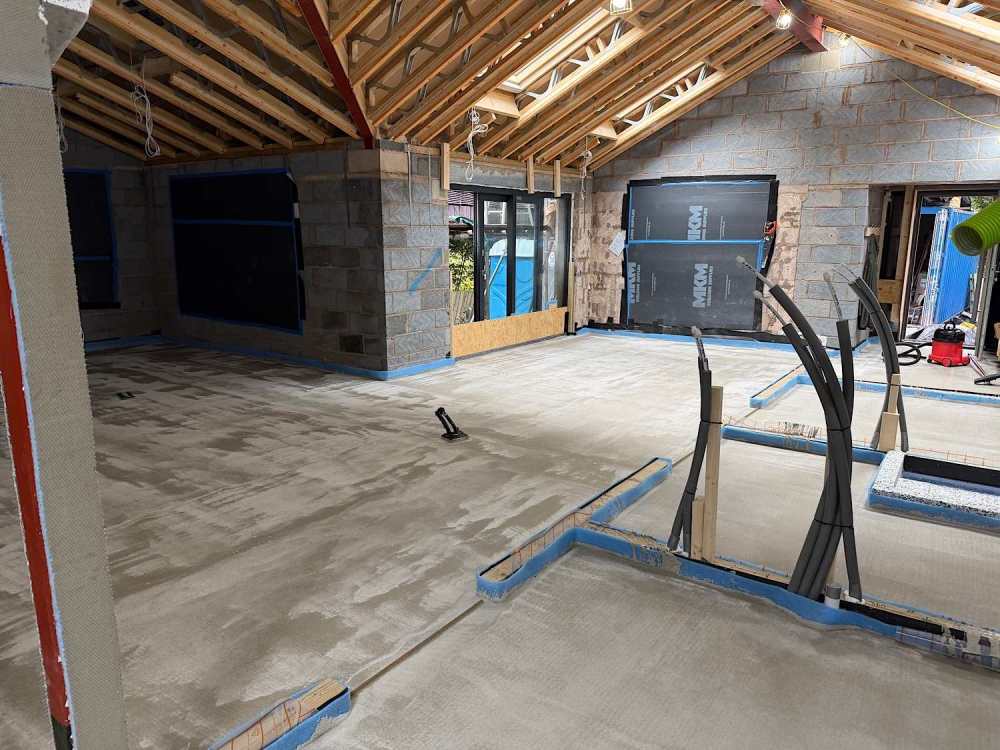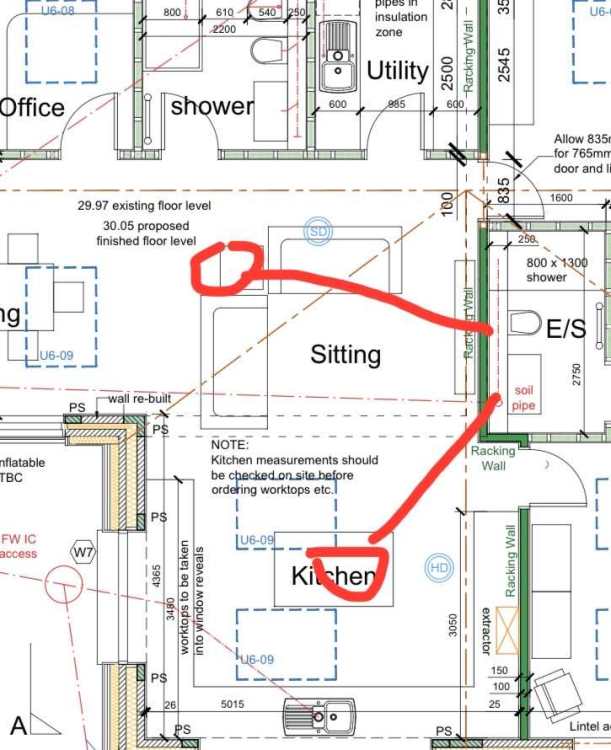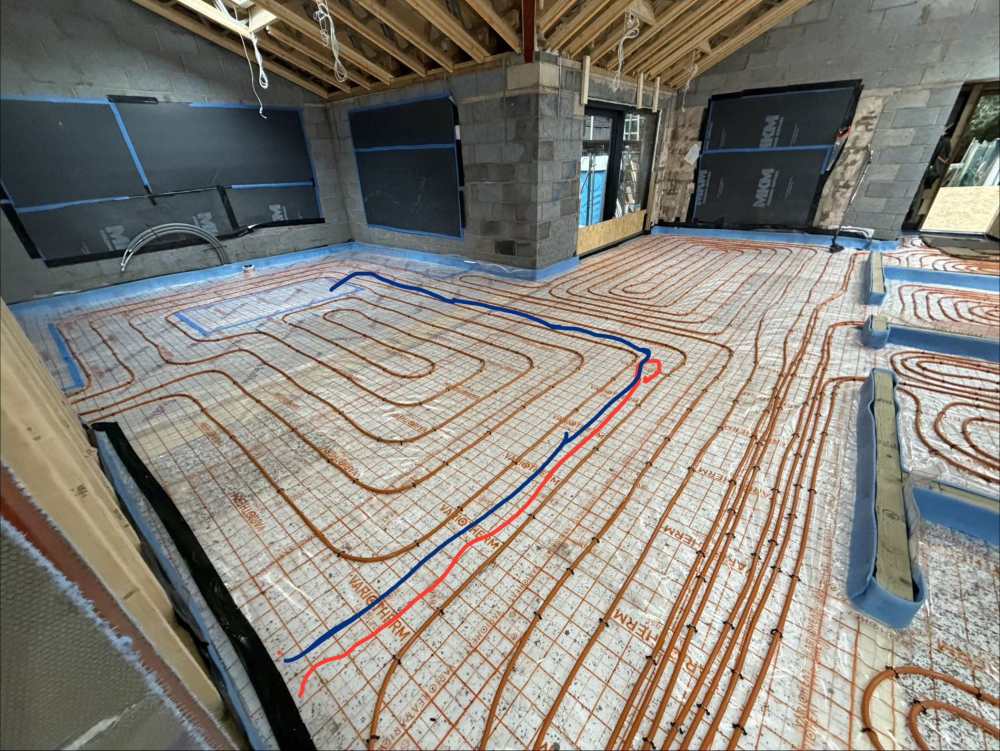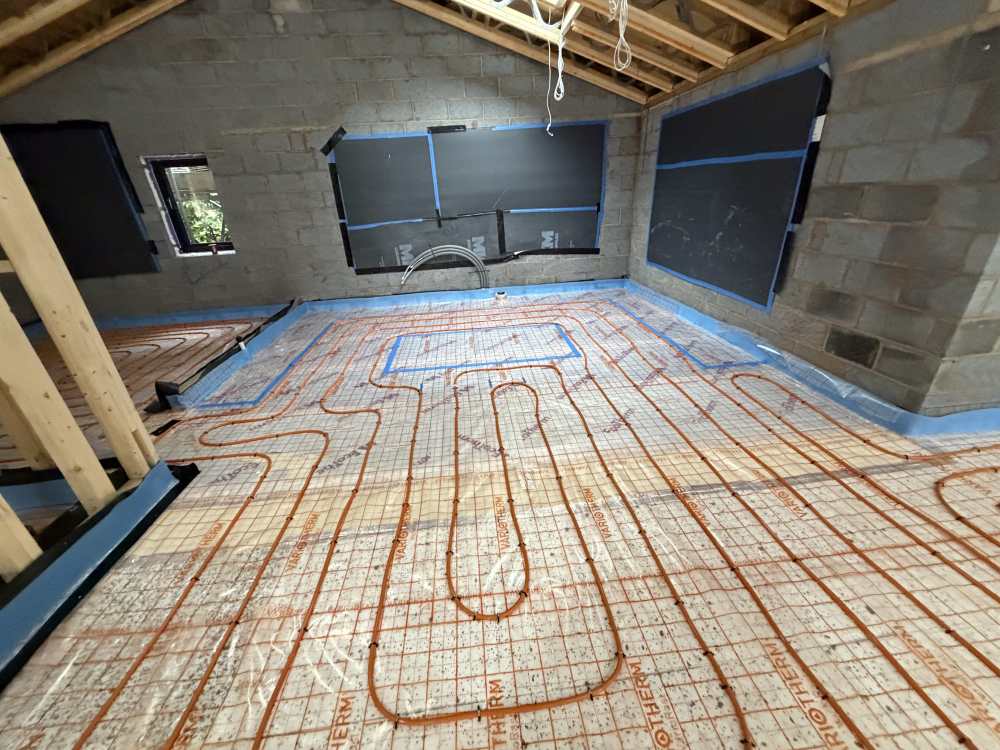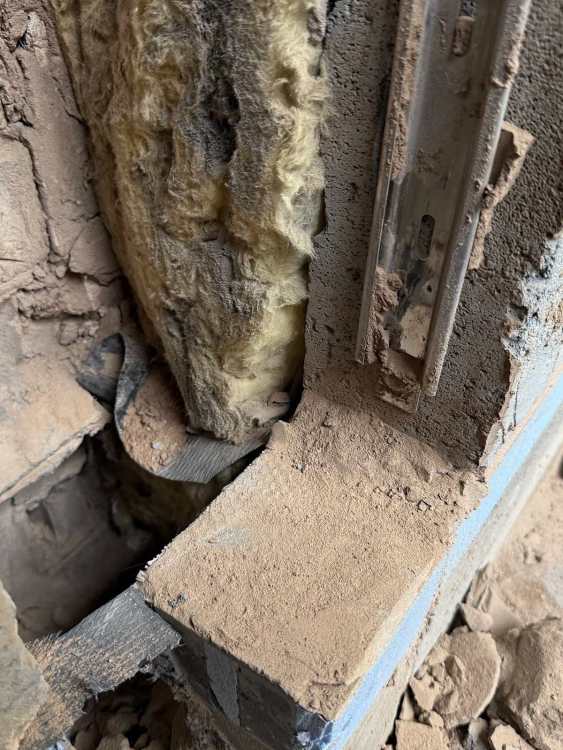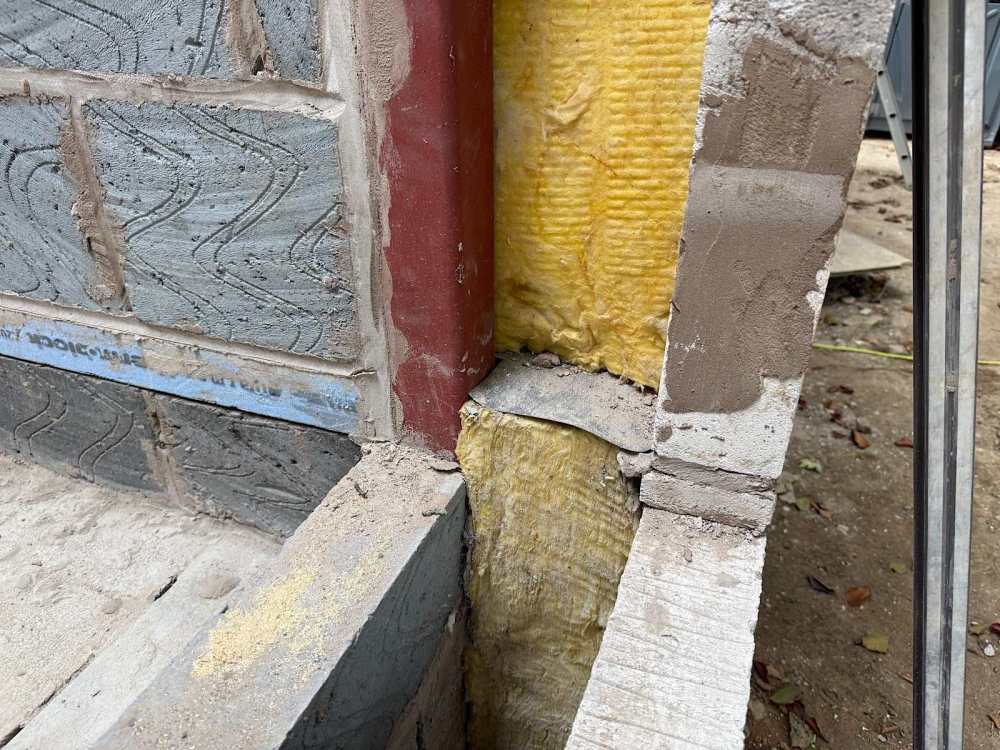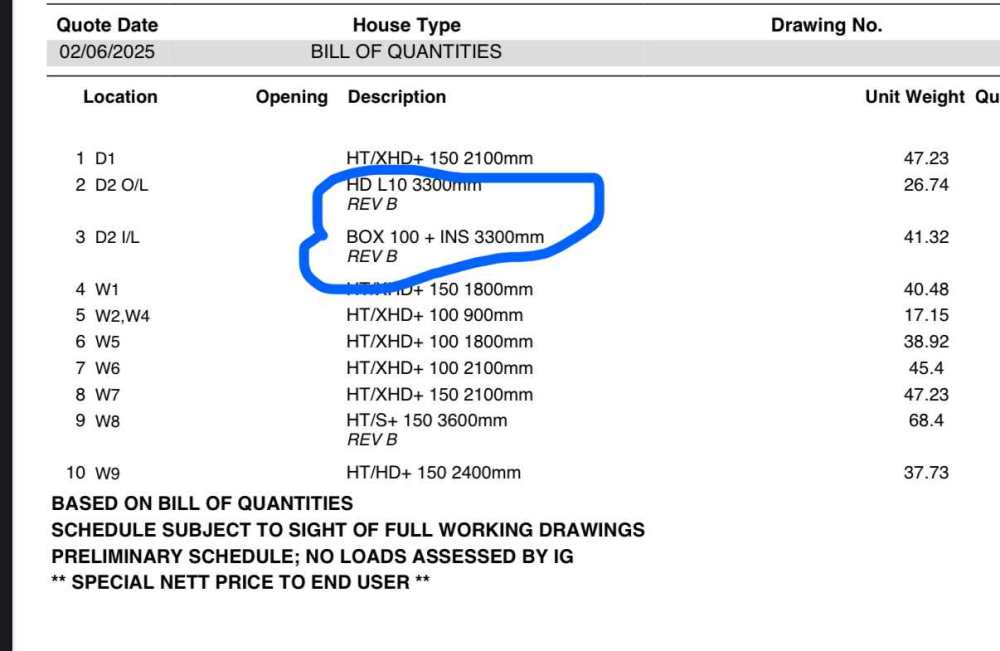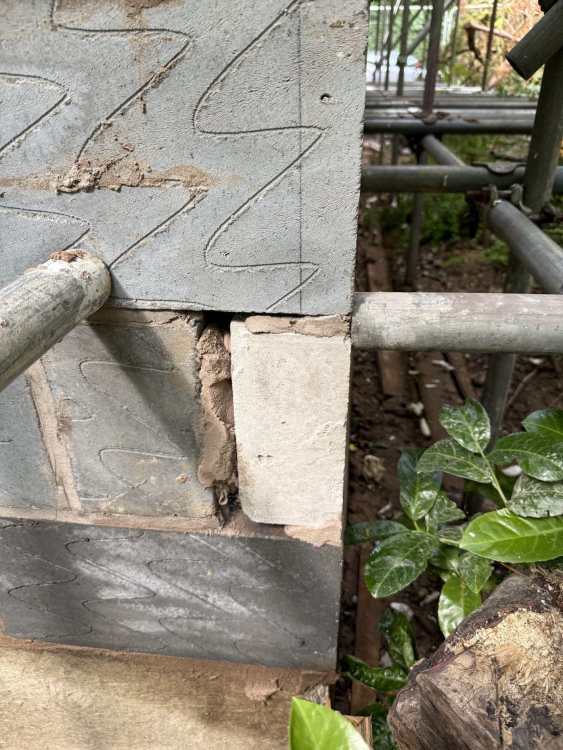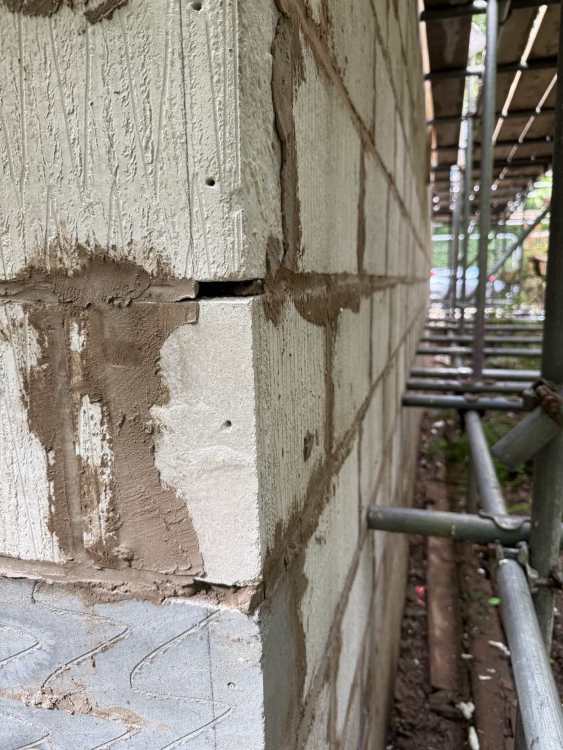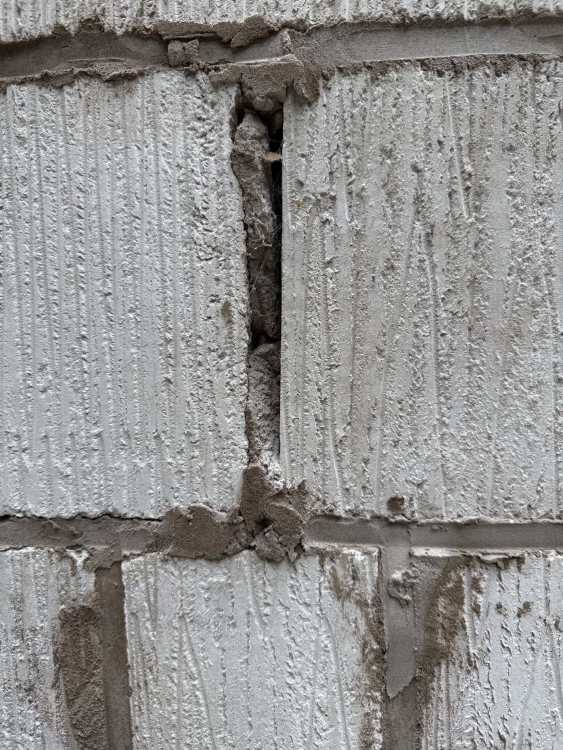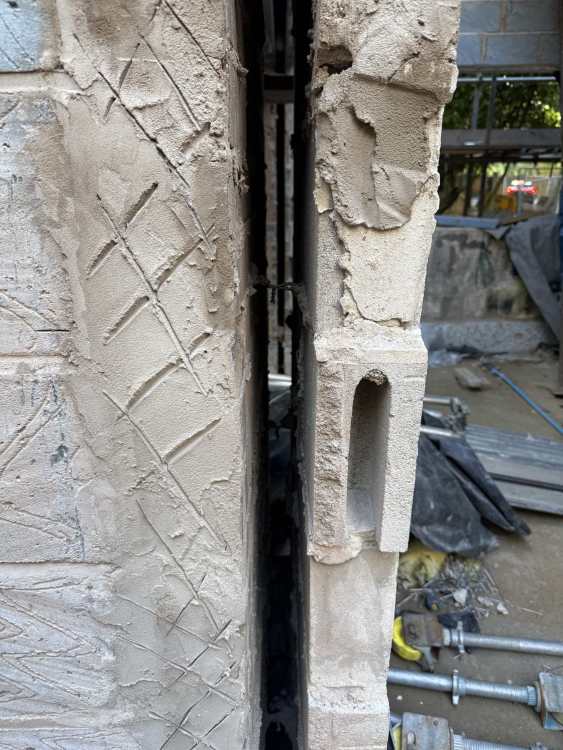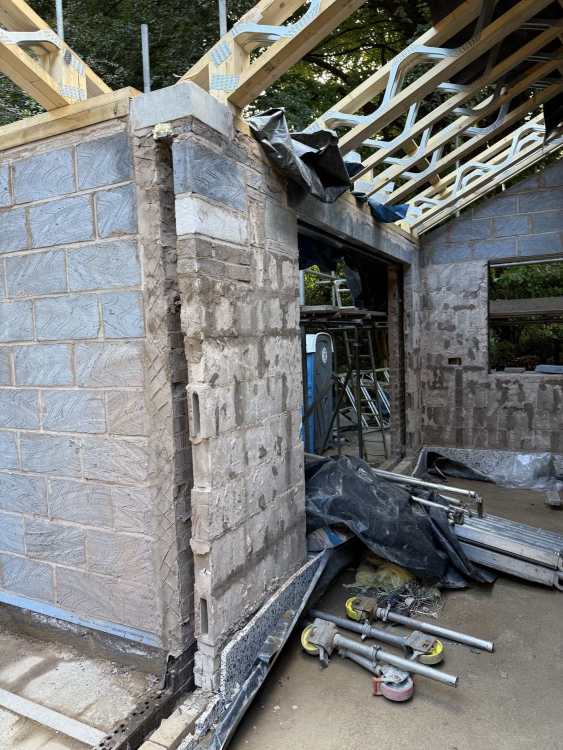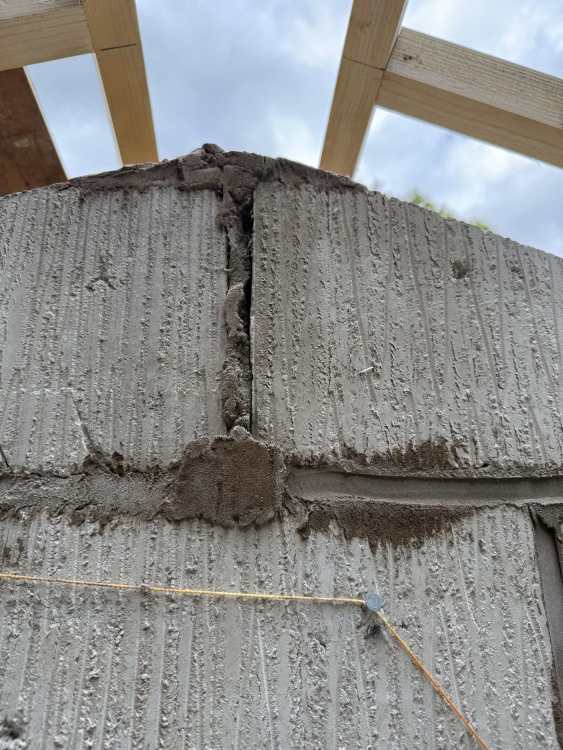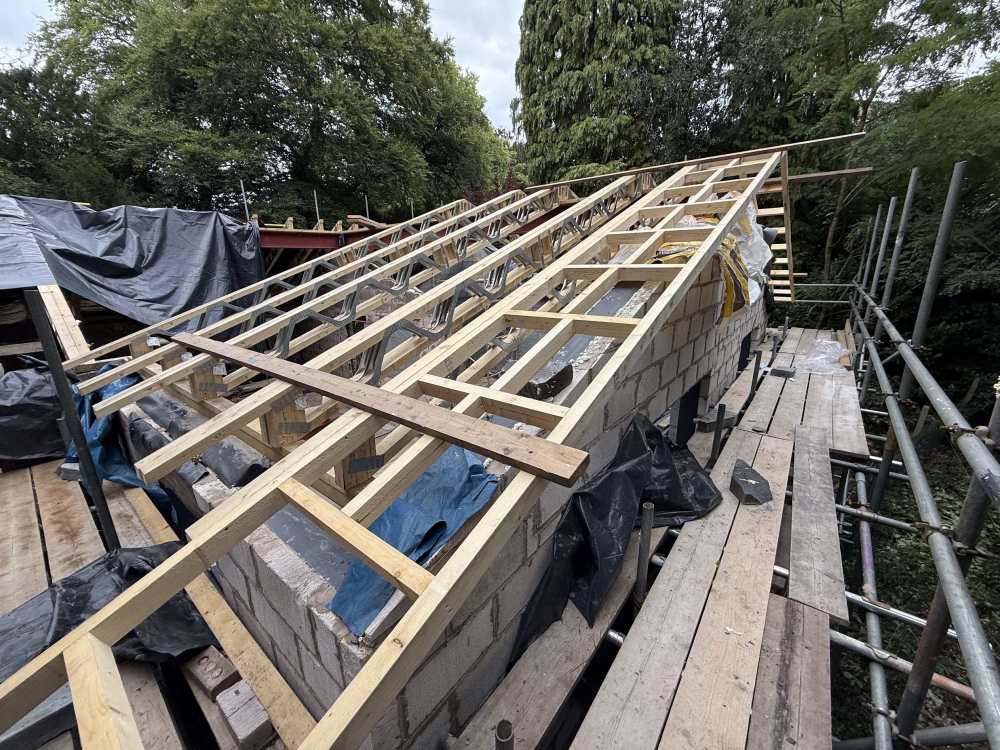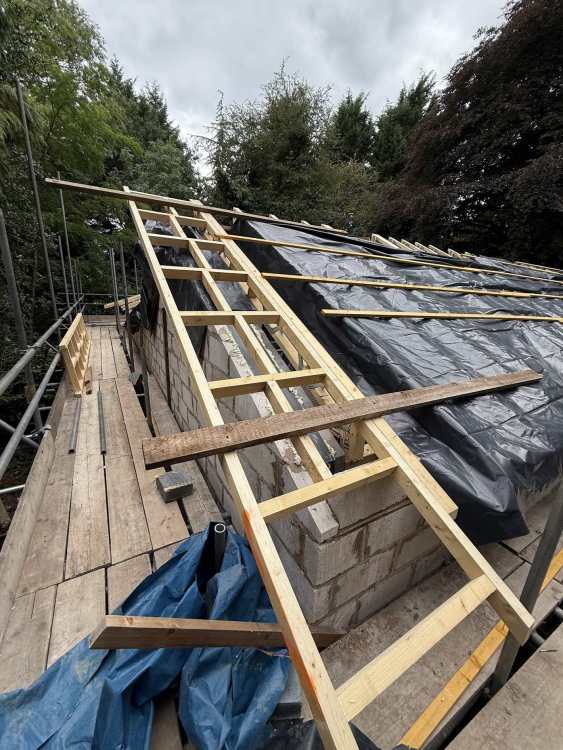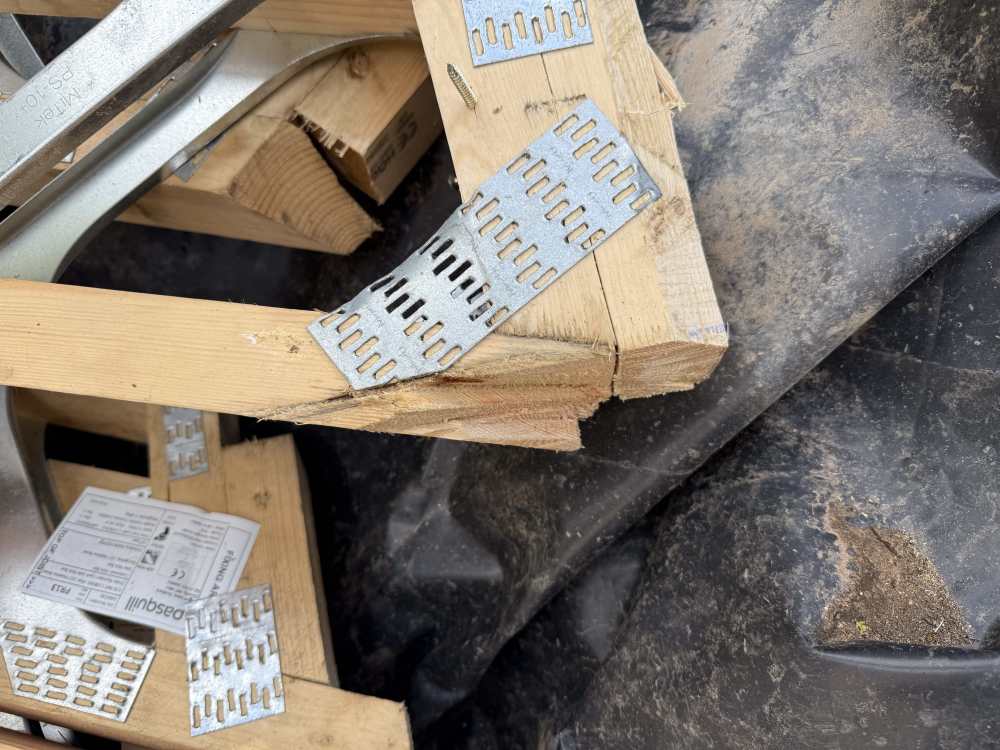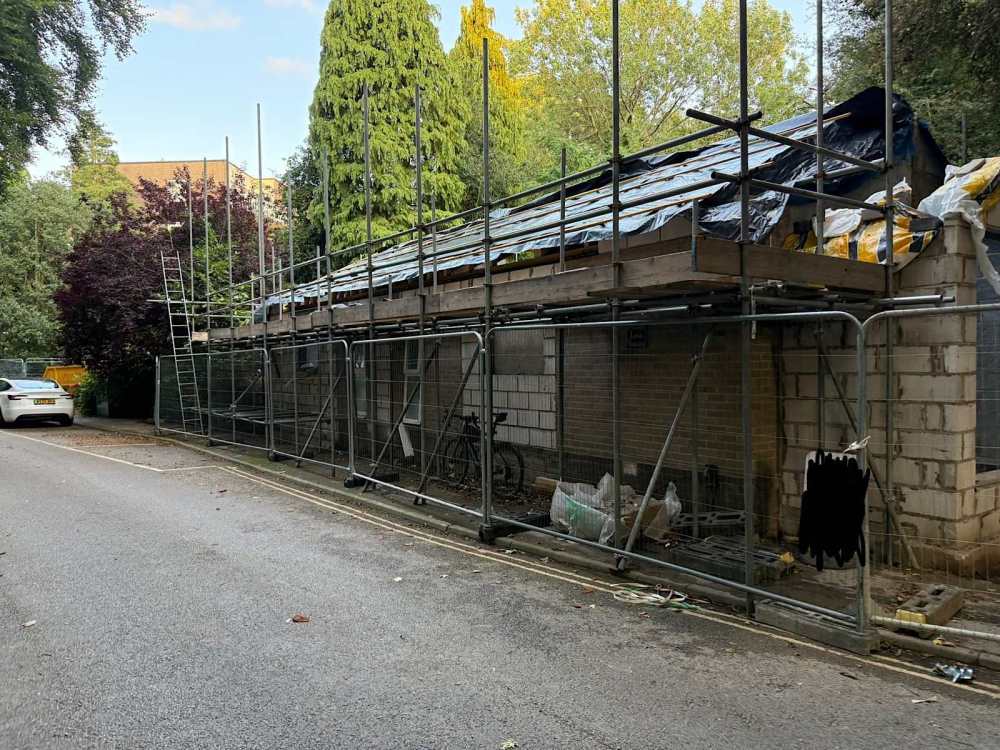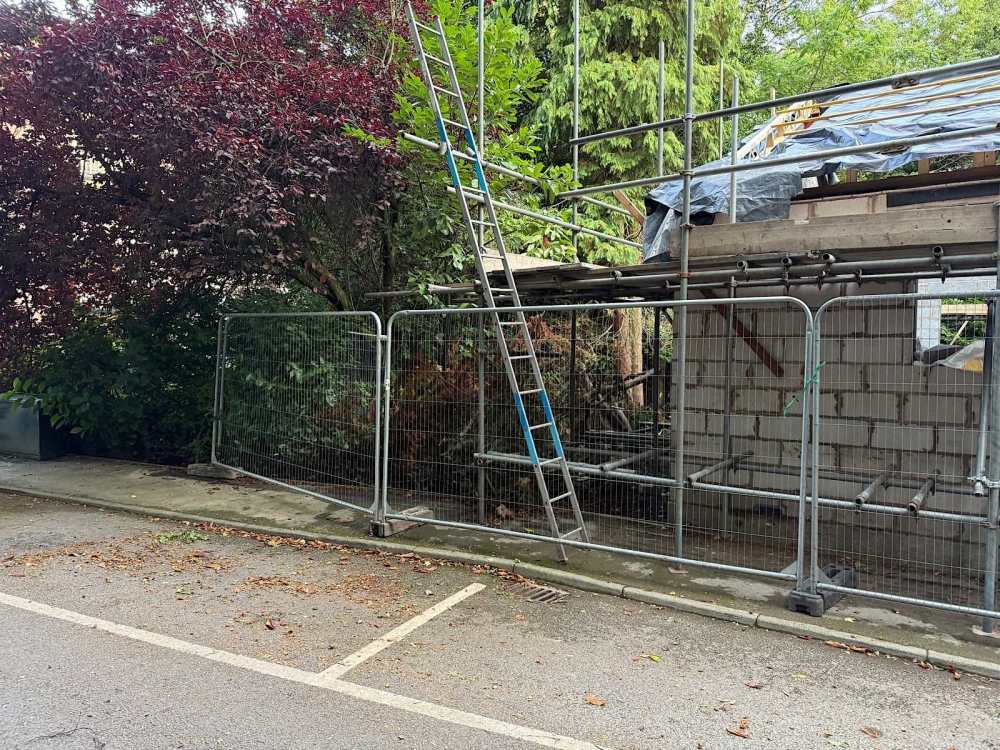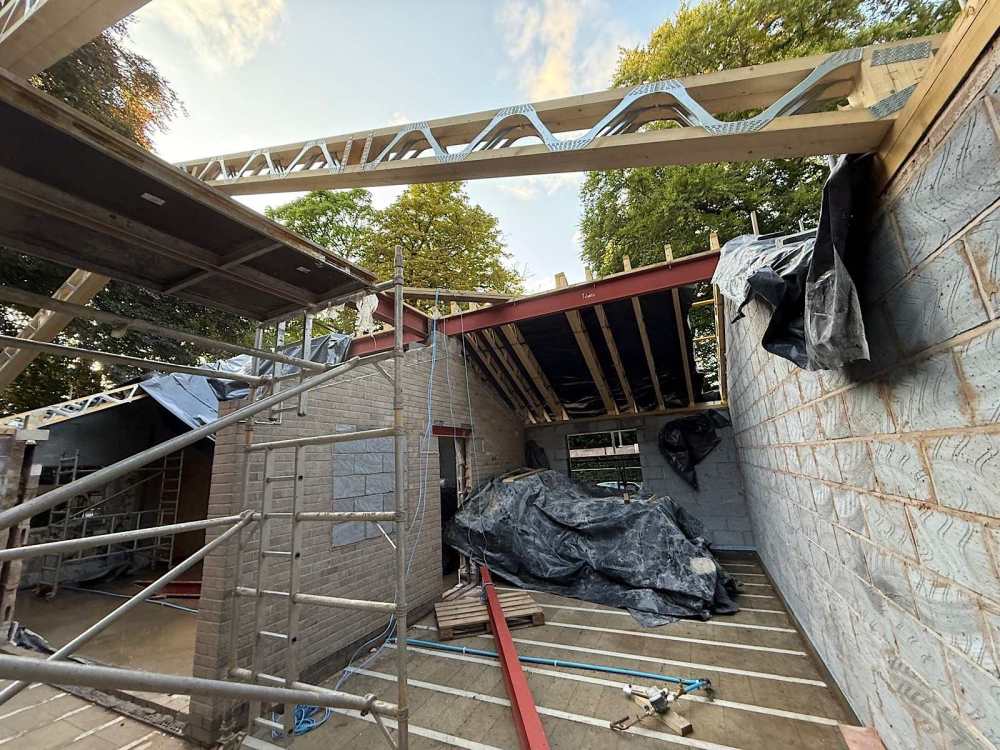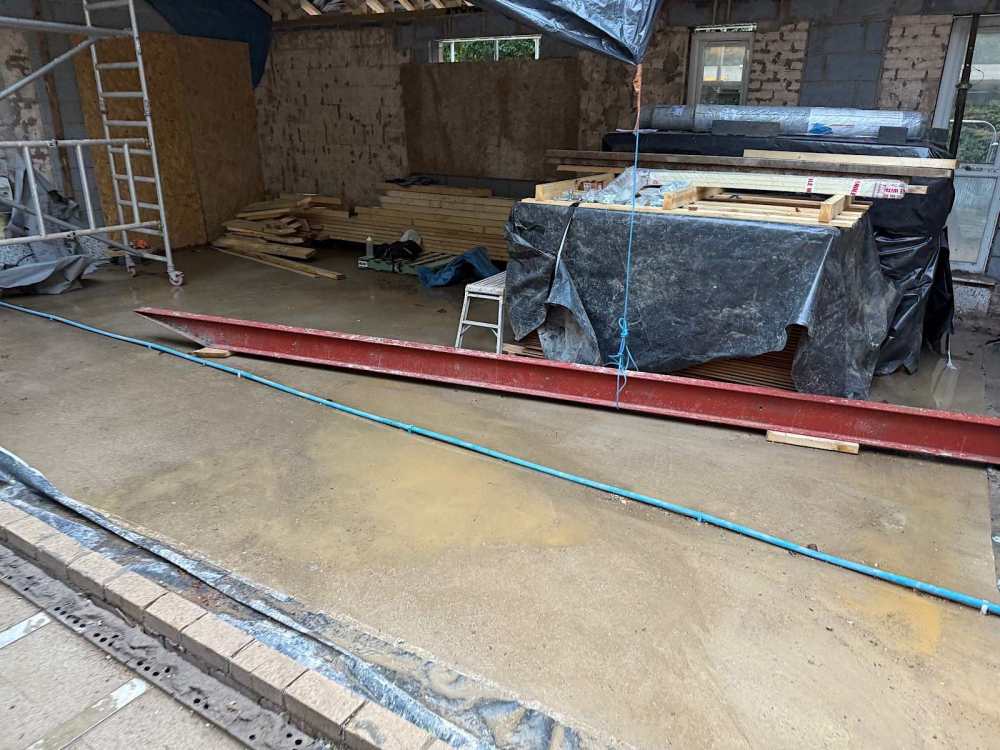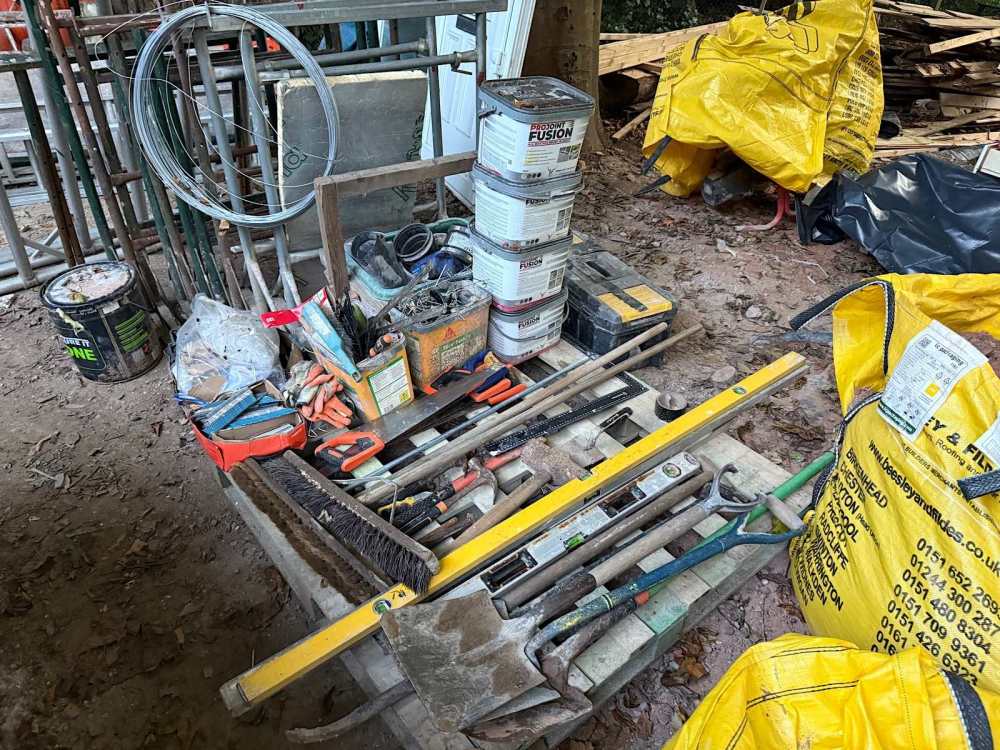
boxrick
Members-
Posts
90 -
Joined
-
Last visited
Everything posted by boxrick
-
Finishing up boarding whilst plastering - bad idea?
boxrick posted a topic in Plastering & Rendering
Hello folks. A simple question, my plasterer is booked in. There is still a lot of boarding to do. Simply put should I get a room plastered whilst still fitting boards in other rooms? Or will the dust ruin my finish? -
Hello folks I'm about to fully membrane my ceiling before my cellulose insulation goes in. Simply put I've watched a few videos about membraning. My joiners were going to do it, but I reckon myself and my girlfriend can do a better job. With that in mind, can anyone share any resources or tips for me to get this right?
-
Hello folks. I have around 250mm of insulation with some water pipes underneath and UFH pipes installed on top. I've just realised I need networking / power and speaker cable to next to my sofas and kitchen island. See above pictures, do I panic cancel the screed company who are due at 9 or is there something I can do in a few hours before they arrive?
-
The roofer suggested lead valleys too. Think that's probably the way forwards! Cheers for the extra input.
-
Hello folks. I have a roofer due to come today and I ordered a "closed dry valley" system. My worry is I'm surrounded by trees and this will get clogged and full of junk. I can get something like this GRP open dry valley locally and collected easily or I can opt for something like a Kytun Aluminium valley which will take 2 weeks to come. https://www.travisperkins.co.uk/fibreglass-valleys/danelaw-group-tile-valley-trough-grey-380mm-x-3m-rp3/p/915427 I can't really see the valleys from ground level so this is all about performance. Any thoughts on what I should do?
-
Hello folks! A quick sanity check. Norrsken want quite a sum of money ( it will be around £1200 inc vat on around 10 windows / doors ) Simply put should I leave it to them or do it myself? I am guessing there is a few hundred pounds worth of tape there. Norssken use 'Elite Installations' to do their installs.
-
Aluminium Gutters / Soffits - Who to use?
boxrick replied to boxrick's topic in Roofing, Tiling & Slating
I have a quote from guttercrest. You got some pictures of the finished product? -
Aluminium Gutters / Soffits - Who to use?
boxrick replied to boxrick's topic in Roofing, Tiling & Slating
Got any pics? Happy with finish? -
Hello folks! I am in the process of renovating my bungalow. Got lots of posts here but I am wondering if I should use anyone in particular for my aluminium downpipes / gutters / soffits and fascias? I will be going for Basalt Grey - RAL7012 These are the companies who have quoted so far and prices coming back in the 6-10k range for everything. https://www.marleyalutec.co.uk/products/ https://www.guttercrest.co.uk/downpipes/ https://alugutter.co.uk/collections/aluminium-guttering Anyone have any thoughts or recommendations?
-
I am in the process of sarking my roof with Steico Universal 22mm wood fibre boards. One thing I am trying to decide is the best approach for the roof membrane. My joiner is currently on site and plans to staple the membrane on top of the sarking boards as he goes. The alternative is to leave this step for the roofer when he arrives, which would mean potentially fewer staple penetrations in the membrane but means I have to wait longer to be watertight Any thoughts around this?
-
New extension DPC Tray Flat / Sagging - What to do?
boxrick replied to boxrick's topic in Brick & Block
In respect of EWI? That's likely the material I'll have to go with for EWI anyway above DPC. -
New extension DPC Tray Flat / Sagging - What to do?
boxrick replied to boxrick's topic in Brick & Block
120EWI all the way around with a combination of either render or cladding finish. -
I've recently sacked my builder. Whilst trying to fix some issues he left behind I remember someone commenting on my DPC Tray at the bottom of my walls. They are either sagging or flat. Id like some thoughts about how serious this is and what I should do?
-
I am in the process of rebuilding my roof and one of the roofers I had out is recommending Kytun dry valleys. My current materials are already on order from Henshaws and include ( see pic attached at bottom for specifics ) Tiles & T&Hs Tile Vents Ridges Dry Ridge Kit Dry Upstand Valleys Felt Support Trays Dry Verge Tile Nails My house amongst trees in a forested and moss prone environment with lots of leaf fall. Are Kytun Valleys worth it in a leafy mossy area? Do they shed debris well, resist moss build up compared with mortarless valley troughs? Are they compatible with Sandtoft 20/20 tiles? Any issues with battens, valley board requirements etc? Any recommendations for Kytun model to choose for 20/20s and any ends or connectors I should order? Install and detailing: Eaves and ridge junction details for Kytun valleys Jointing between lengthsm gaps and any particular recommended fixings? Any recommended leaf guards, things to stop birds? If Kytun is the better route, I plan to return the generic valley troughs and order the Kytun equivalents. Anyone who has advice, experience or even some pictures to share would be great!
-
Posi joist - This install feels rubbish, thoughts?
boxrick replied to boxrick's topic in Roofing, Tiling & Slating
Sadly much of this build is a mixture of old and new. Knowing what I know now, should have just knocked down the entire building and started fresh. This is an old section of wall. Here is the lintels I bought, that particular one is 3.3m for a 3m gap so should have 150mm on either side but will measure and check. -
Posi joist - This install feels rubbish, thoughts?
boxrick replied to boxrick's topic in Roofing, Tiling & Slating
I went out and bought 750mm of fresh steel the same size. Gonna chop it off and extend out as far as we need then take the end off. I have also had to take over everything, so toilet, H&S stuff, I have secured the site properly now, got acros so we can drop a wall, bought step ladders and cleaned everything up. The old builder has also taken all his stuff off site now. These padstones will need resetting to the correct positions, but we are going to raise these beams up a little bit and have come up with a plan from Pasquill. The joiners have found loads of bits such as the wallplate etc 50mm out the posijoist centres were also wider than the max 600 in many places. So basically we need a reset, gone back to basics. Measured everything and starting fresh from the previous disaster. Just throwing trades some day rates right now to get this all sorted. One of the supporting walls for these valleys was just floating without any return on it. Only held in position by some cavity ties to the outside skin. Gonna drop this and re-build it and join the cavities and add the return in. Then loads of blockwork is still crap, gonna get the new brickies to repoint all this rubbish. The joiners have made me a so we have a nice dry area, taken down the crap posis and valleys. Measured everything and we have just got the ladders up so the bricklayer and finish up all the gable ends on Monday. -
Posi joist - This install feels rubbish, thoughts?
boxrick replied to boxrick's topic in Roofing, Tiling & Slating
Cheers for the help everyone... got people lined up. Joiners are on site now fixing up / measuring. Brickies and welders coming next week. Should have things fixed up in no time hopefully. -
Posi joist - This install feels rubbish, thoughts?
boxrick replied to boxrick's topic in Roofing, Tiling & Slating
-
Posi joist - This install feels rubbish, thoughts?
boxrick replied to boxrick's topic in Roofing, Tiling & Slating
So some progress today. I've been working with a consultant who has been helping me with air tightness, MVHR and such. When this nonsense started we came up with a plan between us and the help from the kind people here. Today the consultant travelled to up to site and we got the steels / posis down with the help of a couple of joiners. I had a big site tidy up, we gently sent him on his way and now things can move forwards. Cheers for the help guys. Site secure, all his stuff safely ready to take away, I'm all insured up and I'll take on this principle contractor role myself... -
Posi joist - This install feels rubbish, thoughts?
boxrick replied to boxrick's topic in Roofing, Tiling & Slating
Thanks for the advice, my "issue" here is my builder will almost certainly attempt to remediate these issues. See that as a problem or not but I have already tried to terminate him twice with me simply stating he cannot go near my roof and he is like one of those little seeds that sticks to your leg. Obviously I have had no help along the way to help me terminate, I am happy to deal with the financial part of this. I would rather him just not continue at this point. I don't think he s done a full house build before ( thats clear from my pictures ). So he wants it for his portfolio -
Posi joist - This install feels rubbish, thoughts?
boxrick replied to boxrick's topic in Roofing, Tiling & Slating
No one is faultless, there has been changes in plans and he has dealt with me amicably. But I have done my best to mitigate this by letting him know immediately and providing updated plans and drawings. It shouldn't excuse him for the current shoddy work. But if I am raising any dispute, I think I have to provide clear examples of where has let me down to show that this was the last straw. I have just taken ownership of the scaffolding, got them to come and inspect it / tag it. And have paid for a further 2 weeks so thats all up-to-date and just sorted site insurance. So regardless hopefully I am a little more covered as I progress. -
Posi joist - This install feels rubbish, thoughts?
boxrick replied to boxrick's topic in Roofing, Tiling & Slating
Here are my thoughts of a message / email: I want to make my position fully clear and address some points about documentation and changes to plans. Throughout the project, whenever plans or specifications have changed, I have made you aware as early as possible and shared all updated documentation without delay. Any differences from previous versions were always clearly highlighted, and I sent emails to confirm and explain these changes. On several occasions I also noticed you were working from outdated plans or documents, and I pulled this up immediately to prevent further mistakes. To ensure there was no confusion, I paid my architect to update plans professionally, and I shared these updated documents with you at the earliest opportunity. Additional works from these I have bore the payment for, and I have never asked for any favours or reductions in cost for genuine mistakes or additional work you had to undertake. Any changes as you highlighted are often you just not working to the architects specifications, and the majority of these items have never changed. In addition to the previously mentioned issues with the roof, DPM and insulation, there have been other significant problems on site, including: Charging me for remedial work required due to your own errors, some of which is still unresolved and now my responsibility to fix. Knocking down a wall by mistake and then charging me for rebuilding it. Poor quality blockwork and general workmanship. Building walls in incorrect locations, which I had to raise and have corrected. Failing to prepare for the DNO electricity main relocation despite multiple warnings, causing delays and extra cost. Improper installation of the water meter, which I then had to have rectified last minute at my own expense. Failing to secure the site, with scaffolding left open and untagged, and put onto a neighbour’s land without permission and all over the pavement without the permission of the pavement owners. These are not minor snags but ongoing breaches and poor practices, despite my efforts to provide accurate, timely information. I have comprehensive pictures at every stage and am happy to share as needed. Given all of this: I will take full responsibility for the roof works from now on. You will have no further involvement or liability for the roof. It is just too important and I need to have full confidence it is built to a high standard We can proceed with the brick works as quoted, paid on satisfactory completion only. Once those works are complete, I will re evaluate and decide how or if we continue with any further work. I trust this sets out my position. Please confirm you understand and agree, or let me know if you wish to discuss anything further. Regards, Rick

